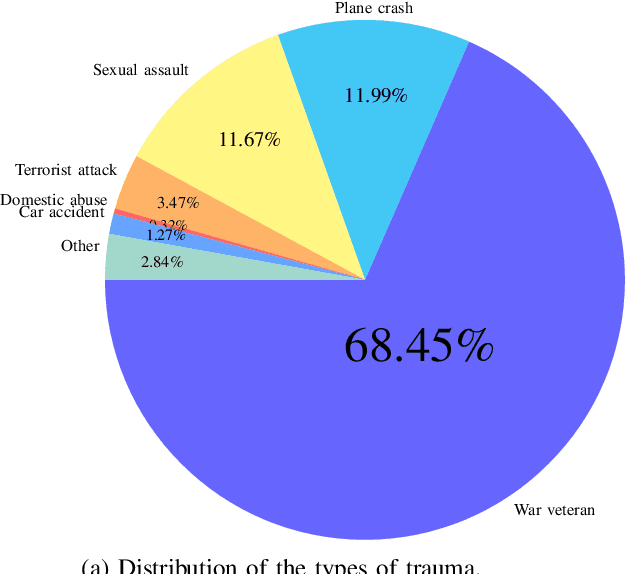Pauline Puteaux
UM, LIRMM
Errorless Robust JPEG Steganography using Outputs of JPEG Coders
Nov 09, 2022Abstract:Robust steganography is a technique of hiding secret messages in images so that the message can be recovered after additional image processing. One of the most popular processing operations is JPEG recompression. Unfortunately, most of today's steganographic methods addressing this issue only provide a probabilistic guarantee of recovering the secret and are consequently not errorless. That is unacceptable since even a single unexpected change can make the whole message unreadable if it is encrypted. We propose to create a robust set of DCT coefficients by inspecting their behavior during recompression, which requires access to the targeted JPEG compressor. This is done by dividing the DCT coefficients into 64 non-overlapping lattices because one embedding change can potentially affect many other coefficients from the same DCT block during recompression. The robustness is then combined with standard steganographic costs creating a lattice embedding scheme robust against JPEG recompression. Through experiments, we show that the size of the robust set and the scheme's security depends on the ordering of lattices during embedding. We verify the validity of the proposed method with three typical JPEG compressors and benchmark its security for various embedding payloads, three different ways of ordering the lattices, and a range of Quality Factors. Finally, this method is errorless by construction, meaning the embedded message will always be readable.
PTSD in the Wild: A Video Database for Studying Post-Traumatic Stress Disorder Recognition in Unconstrained Environments
Sep 28, 2022



Abstract:POST-traumatic stress disorder (PTSD) is a chronic and debilitating mental condition that is developed in response to catastrophic life events, such as military combat, sexual assault, and natural disasters. PTSD is characterized by flashbacks of past traumatic events, intrusive thoughts, nightmares, hypervigilance, and sleep disturbance, all of which affect a person's life and lead to considerable social, occupational, and interpersonal dysfunction. The diagnosis of PTSD is done by medical professionals using self-assessment questionnaire of PTSD symptoms as defined in the Diagnostic and Statistical Manual of Mental Disorders (DSM). In this paper, and for the first time, we collected, annotated, and prepared for public distribution a new video database for automatic PTSD diagnosis, called PTSD in the wild dataset. The database exhibits "natural" and big variability in acquisition conditions with different pose, facial expression, lighting, focus, resolution, age, gender, race, occlusions and background. In addition to describing the details of the dataset collection, we provide a benchmark for evaluating computer vision and machine learning based approaches on PTSD in the wild dataset. In addition, we propose and we evaluate a deep learning based approach for PTSD detection in respect to the given benchmark. The proposed approach shows very promising results. Interested researcher can download a copy of PTSD-in-the wild dataset from: http://www.lissi.fr/PTSD-Dataset/
Combining Forensics and Privacy Requirements for Digital Images
Mar 05, 2021



Abstract:This paper proposes to study the impact of image selective encryption on both forensics and privacy preserving mechanisms. The proposed selective encryption scheme works independently on each bitplane by encrypting the s most significant bits of each pixel. We show that this mechanism can be used to increase privacy by mitigating image recognition tasks. In order to guarantee a trade-off between forensics analysis and privacy, the signal of interest used for forensics purposes is extracted from the 8--s least significant bits of the protected image. We show on the CASIA2 database that good tampering detection capabilities can be achieved for s $\in$ {3,. .. , 5} with an accuracy above 80% using SRMQ1 features, while preventing class recognition tasks using CNN with an accuracy smaller than 50%.
 Add to Chrome
Add to Chrome Add to Firefox
Add to Firefox Add to Edge
Add to Edge